Electric Car Sales: Electric car sales in the UK reached unprecedented levels in 2024, marking a significant milestone for the automotive industry. According to the Society of Motor Manufacturers and Traders (SMMT), electric vehicles (EVs) accounted for 19.6% of all new car registrations, equating to nearly 382,000 EVs sold. However, despite this remarkable achievement, sales fell short of the ambitious 22% target mandated by the government’s Zero Emissions Vehicles (ZEV) policy.
This article delves deep into the statistics, challenges, and future prospects of EV adoption in the UK, providing a comprehensive analysis for consumers, policymakers, and industry stakeholders.
Highlights of 2024 Electric Vehicle Market
| Metric | Figure |
|---|---|
| Total new car sales | 1.95 million |
| Share of electric vehicles (EVs) | 19.6% |
| EV sales target under ZEV Mandate | 22% |
| Best-selling EV | Tesla Model Y |
| Best-selling car overall | Ford Puma |
| Share of petrol car sales | 52% |
| Share of diesel car sales | 6.3% |
The Rising Popularity of Electric Vehicles
The growth in EV sales over the past decade has been nothing short of transformative. In 2015, EVs accounted for less than 1% of the UK’s car market. Fast forward to 2024, and nearly one in five new cars sold is fully electric. This trend has been driven by several factors:
- Technological Advancements: Modern EVs offer improved range, faster charging, and advanced features that rival traditional petrol and diesel cars.
- Government Incentives: Subsidies, tax benefits, and exemptions from congestion charges have made EVs more attractive to buyers.
- Environmental Awareness: With increasing awareness of climate change, consumers are opting for eco-friendly alternatives.
- Lower Running Costs: EVs are cheaper to maintain and operate, with significantly lower fuel costs compared to petrol and diesel cars.
However, while these factors have boosted EV adoption, challenges remain.
Challenges in Meeting Government Targets
The government’s ZEV Mandate requires car manufacturers to ensure a specific percentage of their sales are zero-emission vehicles. In 2024, the target was set at 22%, rising to 28% in 2025. Failure to meet these targets results in hefty fines of £15,000 per vehicle below the mandate.
Why Did EV Sales Fall Short?
- High Purchase Costs: Despite declining battery costs, EVs remain more expensive than petrol and diesel cars. This price disparity deters many potential buyers, particularly in the private market.
- Insufficient Charging Infrastructure: A lack of charging points outside major urban areas limits EV adoption. According to the National Audit Office, 44% of public chargers are concentrated in London and the southeast, leaving other regions underserved.
- Consumer Confusion: Many buyers are uncertain whether to choose fully electric, hybrid, or plug-in hybrid models. Mixed messaging from the government and media over the last two years has added to this confusion.
- Fleet Sales Dominance: While fleet sales to businesses have surged, private car registrations have dropped to levels below the 2020 pandemic year.
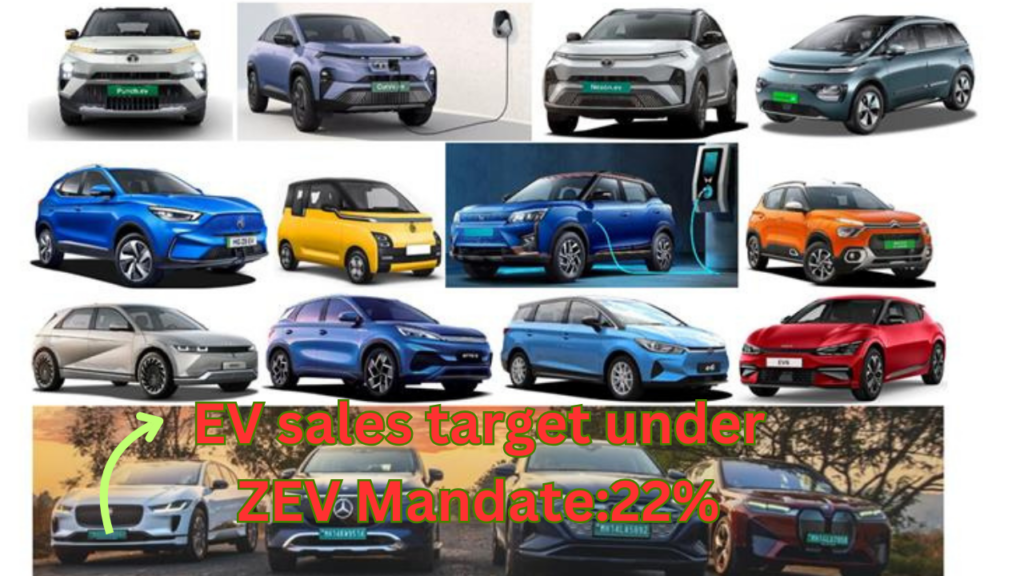
Government Interventions and Industry Responses
The UK government has invested over £2.3 billion to accelerate the transition to electric mobility. Key initiatives include:
- Public Charging Network Expansion:
- Over 72,000 public chargers have been installed nationwide.
- Plans are underway to add thousands more, particularly in underserved areas.
- Tax Incentives:
- EVs are exempt from Vehicle Excise Duty (VED).
- Reduced company car tax rates make EVs attractive for businesses.
- Proposed VAT Reductions:
- The SMMT has called for a temporary reduction in VAT on new EVs to 10%, which could add an estimated 250,000 EVs to the market over three years.
- Public Charging Cost Reduction:
- The industry is lobbying for VAT on public charging to be reduced to 5%, matching the rate for home charging.
The Role of Fleet Sales
Fleet sales have been a significant driver of EV adoption in 2024. Many businesses are transitioning to electric fleets to align with sustainability goals and benefit from lower operational costs. However, this has created a disparity:
- Private Buyers: Only 746,000 new car registrations in 2024 were to private individuals, a figure below the 2020 pandemic year when showrooms were closed for three months.
- Fleet Buyers: A majority of EVs sold were registered as fleet vehicles, often through leasing and salary sacrifice schemes.
Norway: A Global Leader in Electric Vehicle Adoption 2025
This dominance of fleet sales highlights the need for targeted incentives to encourage private buyers to adopt EVs.
Market Trends in 2024
- Petrol Cars Still Lead: Despite the growth of EVs, petrol cars remain the most popular, accounting for 52% of new registrations.
- Decline of Diesel: Diesel cars continued their downward trend, capturing just 6.3% of the market.
- Hybrid Models on the Rise: Hybrid and plug-in hybrid vehicles saw significant growth, with sales increasing by 9.6% and 18%, respectively.
- SUVs Dominate: For the first time, SUVs overtook superminis as Britain’s favorite type of car, reflecting changing consumer preferences.
Looking Ahead: The Road to 2025
The ZEV Mandate’s 2025 target of 28% presents a formidable challenge. To achieve this, EV sales need to grow by 46% compared to 2024 levels. Industry leaders, including SMMT’s CEO Mike Hawes, have called for urgent action:
Recommendations:
- Enhanced Consumer Incentives:
- Extend grants for EV purchases.
- Introduce scrappage schemes for older petrol and diesel cars.
- Infrastructure Investment:
- Accelerate the rollout of public chargers in rural and underserved areas.
- Focus on ultra-fast chargers to reduce charging times.
- Streamlined Planning Processes:
- Simplify regulations for installing home and workplace chargers.
- Consumer Education:
- Launch campaigns to address common misconceptions about EVs, such as range anxiety and charging costs.
Case Study: Tesla Model Y
The Tesla Model Y emerged as the best-selling EV in 2024, thanks to its impressive range, cutting-edge features, and competitive pricing. Tesla’s success highlights the importance of innovation and branding in driving EV adoption. Discover Tesla’s contributions to the EV market.
Electric Car Sales: Conclusion
The record-breaking EV sales in 2024 signify significant progress toward a greener automotive future. However, falling short of the government’s ZEV targets underscores the need for continued investment, policy adjustments, and industry collaboration. Addressing infrastructure gaps, reducing purchase costs, and enhancing consumer confidence are critical to achieving the UK’s ambitious climate goals.
As the EV market evolves, the coming years will test the resilience and adaptability of automakers, policymakers, and consumers alike. By working together, the UK can pave the way for a sustainable and electrified future.
Electric Car Sales: FAQs
- What was the market share of EVs in 2024?
EVs accounted for 19.6% of new car registrations in the UK. - Why did EV sales fall short of the 22% target?
High purchase costs, limited charging infrastructure, and consumer uncertainty contributed to the shortfall. - What are the ZEV Mandate targets for 2025?
The mandate requires 28% of all new car sales to be zero-emission vehicles in 2025. - How is the government supporting EV adoption?
Through investments in charging infrastructure, tax incentives, and consultations on reducing VAT for EVs. - What is the best-selling EV in the UK?
The Tesla Model Y was the best-selling electric vehicle in 2024.

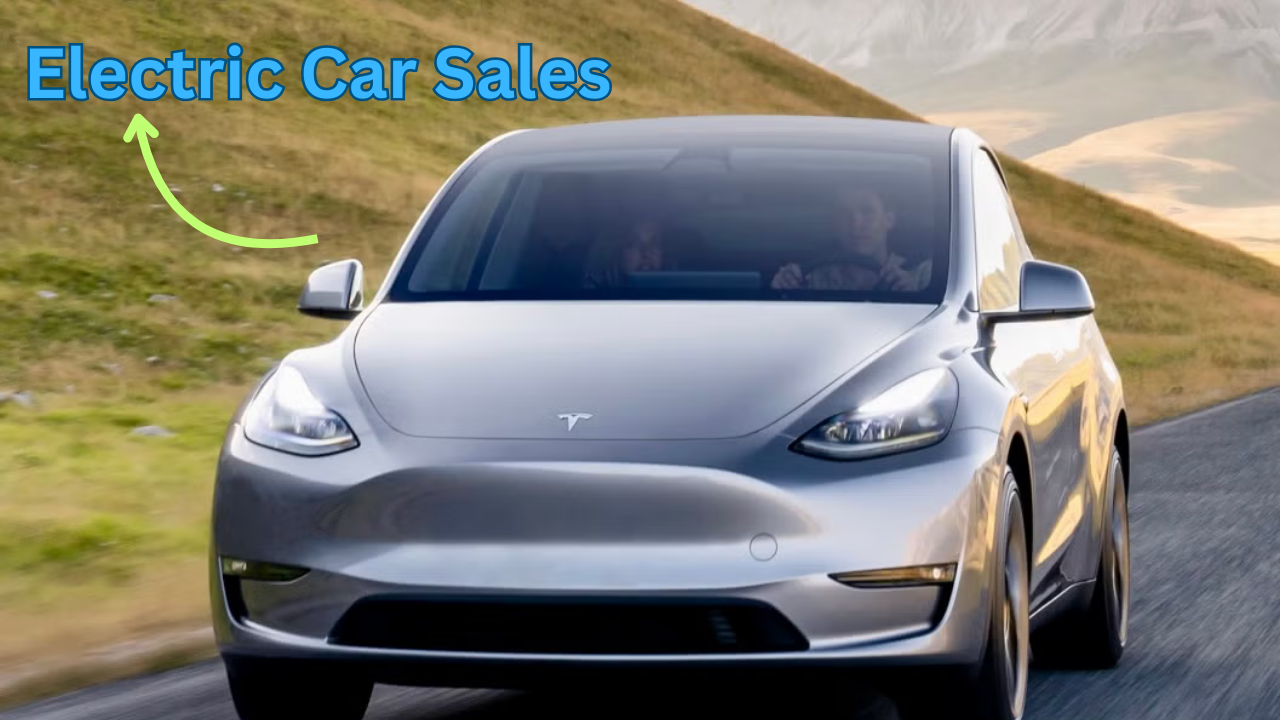

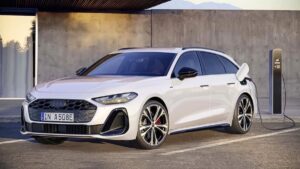


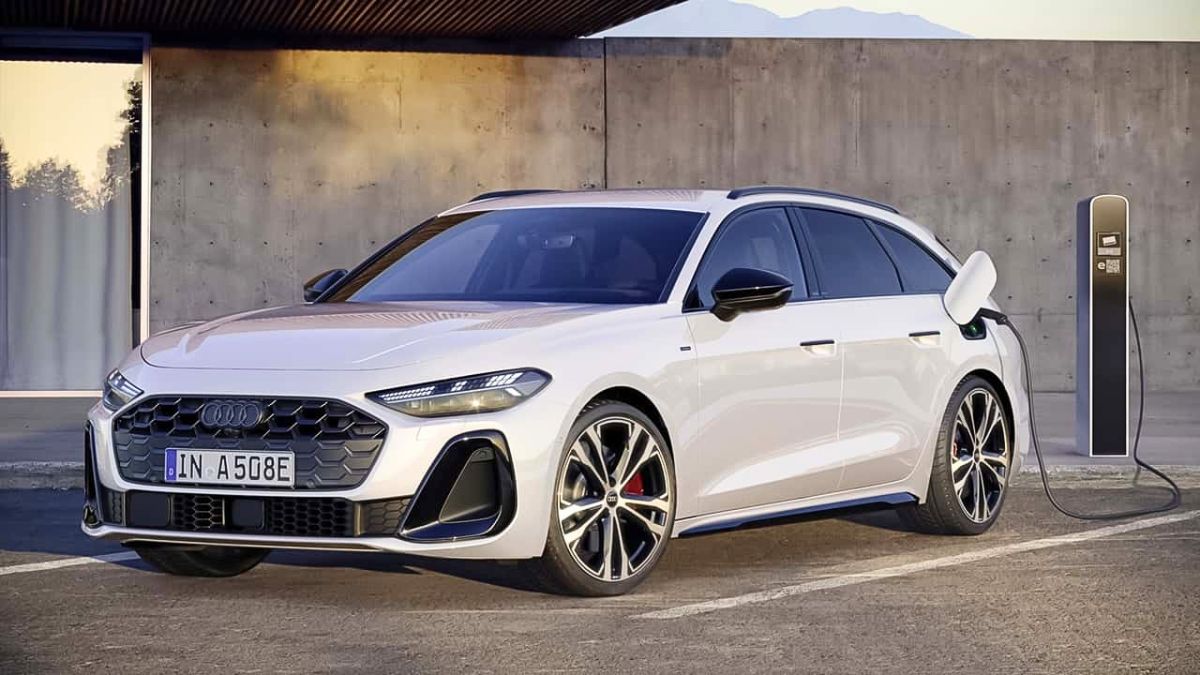

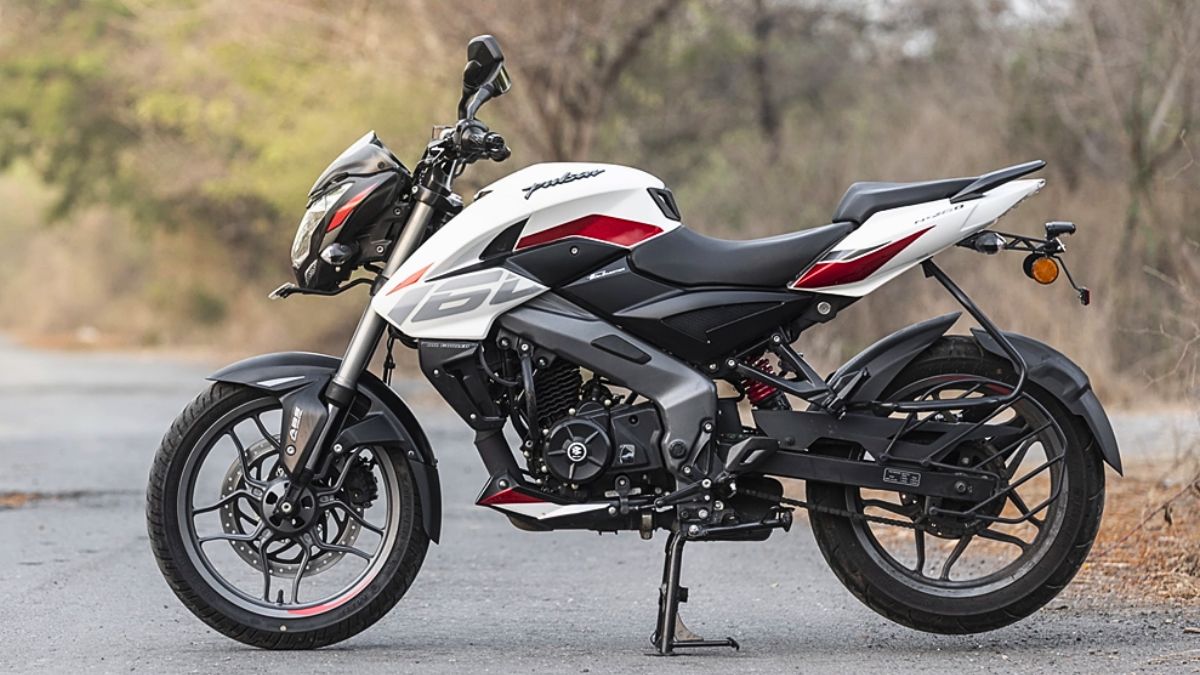


1 thought on “Electric Car Sales: Hit Record High in 2024 but Fall Short of Government Targets”